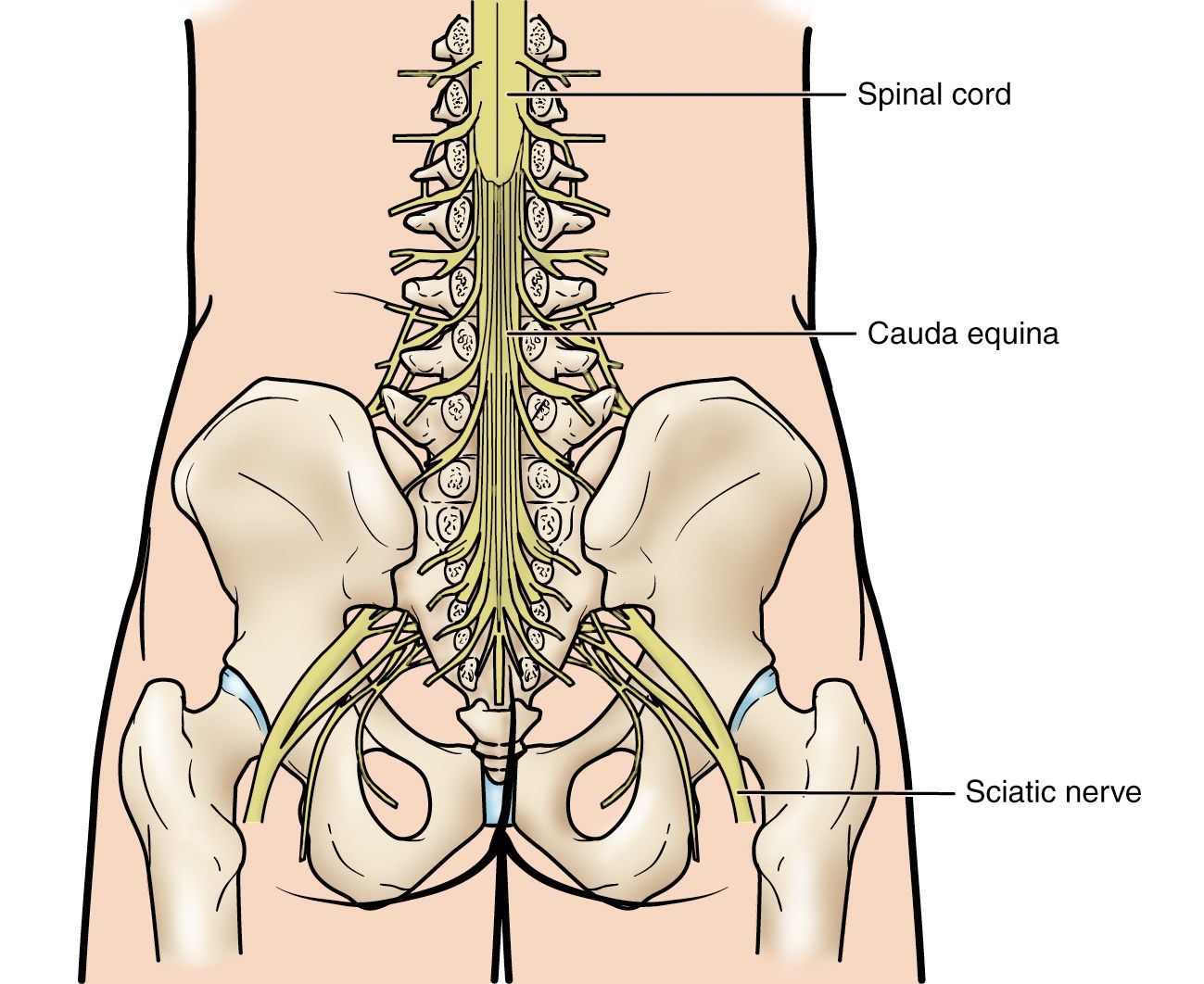Cauda Equina Syndrome
- Get link
- X
- Other Apps
Cauda Equina Syndrome (CES) is a serious medical condition requiring prompt attention.
Definition
Cauda Equina Syndrome occurs when the cauda equina nerves (lower spine) are compressed or damaged, disrupting communication between the brain and lower body.
Causes
1. Herniated disc
2. Spinal stenosis
3. Trauma (fall, accident)
4. Infection (abscess, meningitis)
5. Tumor
6. Birth defects
Symptoms
1. Severe low back pain
2. Pain, numbness, or tingling in legs
3. Weakness or paralysis in legs
4. Bladder and bowel dysfunction
5. Urinary retention or incontinence
6. Constipation
7. Sexual dysfunction
Ocular Manifestations:
Blurred vision can be an initial symptom of a schwannoma of the cauda equina, a rare nerve root problem that occurs when the nerves at the bottom of the spinal cord are compressed. Other ocular manifestations of conditions that can affect the cauda equina include:
Neurosarcoidosis
A multisystem disorder that can cause neurologic disease, including cranial neuropathies.
Uveal melanoma
Optic nerve invasion from uveal melanoma can lead to neurotropic spread of melanoma cells, which can cause neurological symptoms like visual field changes.
Diagnosis
1. Medical history
2. Physical examination
3. Imaging tests (MRI, CT scan)
4. Electromyography (EMG)
Treatment
1. Emergency surgery (decompression)
2. Physical therapy
3. Pain management
4. Bladder and bowel rehabilitation
Complications
1. Permanent nerve damage
2. Chronic pain
3. Bladder and bowel dysfunction
4. Sexual dysfunction
5. Decreased mobility
Prognosis
Prompt treatment improves outcomes. Delayed treatment can lead to permanent damage.
Resources
1. American Association of Neurological Surgeons
2. National Institute of Neurological Disorders and Stroke
3. https://youtu.be/RyFUohVxE9w?si=U0NJ9CclyYXTIZO8
- Get link
- X
- Other Apps




Comments
Post a Comment